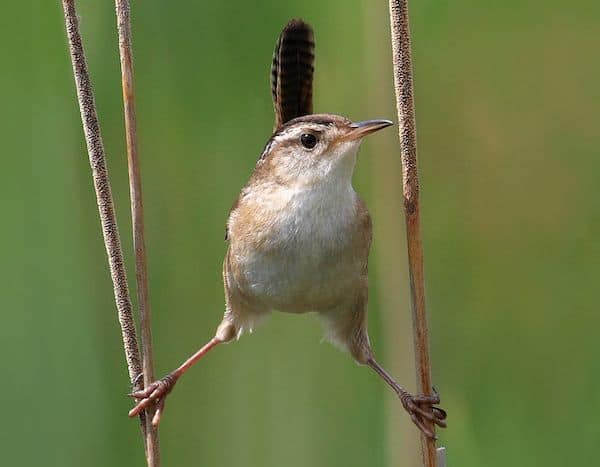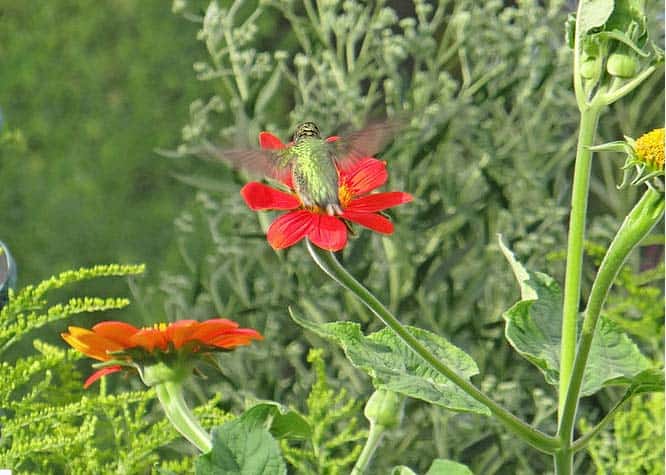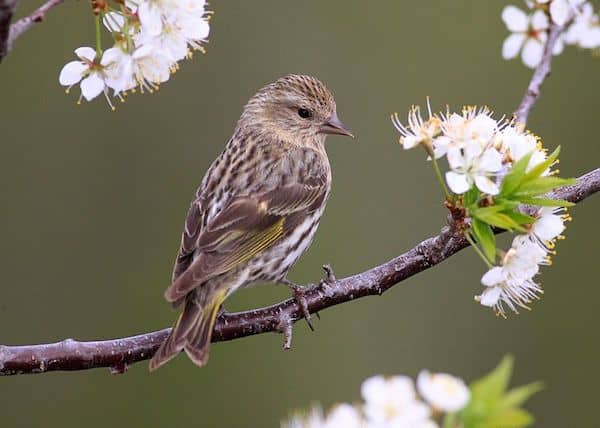Look for
Named for its shy, retiring ways, the hermit thrush can be distinguished from the other brownish thrushes by its gray-brown back and contrasting rufous tail. Hermits are found in mixed woodlands all across North America, and, unlike closely related thrushes, can often be found here, during winter. They are about 6 inches long.
Listen For
If you encounter a hermit thrush in the woods, watch for it to fly to a convenient perch from which it will watch you, scolding with a soft tschupp. The full song of the hermit thrush is a beautiful series of flutelike notes repeated on different tones. Because it is soft and given from deep in the woods, the hermit’s song is often overlooked.
Find It
Hermit thrush’s like open spaces in forest’s such as along trails and edges of water. The habitats they prefer are mountain forests, deciduous woods, or boreal forests in the North. In winter the birds stay at lower elevations, particularly in forests with thick underbrush and a lot of berry-bearing plants.
Feeding Behavior
The hermit thrush has different diets for the winter and spring seasons. In spring, they eat mostly insects like bees, wasps, fly, and caterpillars or even the occasional small amphibian or reptile. The winter diet consists of wild fruits, especially berries.
Nesting Behavior
Hermit’s nest at lower elevations such as under shrubs or even on the ground. The nest that the female builds ends up being 4 to 6 inches across and 1 to 2 inches deep. The outside is leaves, lichen, pine, wood chips, and grass while the inside is lined with lighter materials.
Wow!
A hermit thrush has a particularly interesting hunting method that involves shaking feet! This “foot quivering” is when the birds shake grass with their feet to get insects.




